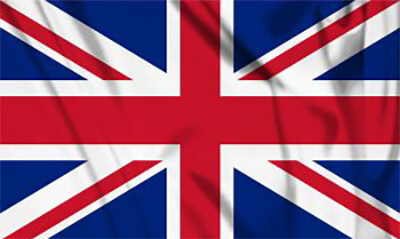| Page Created |
| February 15th, 2025 |
| Last Updated |
| February 17th, 2025 |
| Great Britain |
 |
| Related Pages |
| 2 Special Air Service |
| July 10th, 1943 |
| Operation Narcissus |
| Objectives |
- seize a lighthouse suspected of housing an artillery observation post near Cape Passero, Sicily.
| Operational Area |
| Allied Forces |
- H.M.S. Royal Scotsman
- A Squadron, 2 Special Air Service
| Axis Forces |
| Operation |
Operation Narcissus is a raid conducted to support the Eighth Army’s landings on Sicily. The objective is a lighthouse on the south-eastern coast of the island, believed to serve as an observation post for an artillery battery. The guns pose a potential threat to the British landings, prompting a decision to send a detachment from the Special Air Service to investigate. A force of forty men from A Squadron, 2 Special Air Service, transported by the troopship H.M.S. Royal Scotsman is chosen for the operation. The Squadron is commanded by Captain Alexander James “Sandy” Scratchley with Lieutenant Roy Farran as his second in command.
Two weeks before the operation, Bill Stirling reveals that the squadron is to advance ahead of the 51st (Highland) Infantry Division and seize a lighthouse suspected of housing an artillery observation post. This position threatens the assault beaches near Cape Passero, particularly the sector codenamed Bark South.
While Scratchley went to Sousse in north-eastern Tunisia to liaise with the 51st (Highland) Infantry Division and to arrange the reception of the rest of the squadron, the squadron undergoes a dress rehearsal for the landing at Djelli. It is their first opportunity to practise with an actual landing craft, having previously trained with a model made of sandbags on the beaches at Philippeville. The initial phase proceeds as planned. They disembark from H.M.S. Royal Scotsman, capture a small island in a simulated assault, and signal their success with Very lights. However, an oversight leaves them stranded for an entire day before they are retrieved.
A week before the operation, the squadron moves to Tunisia, setting up camp in an olive grove at M’saken, near Sousse, alongside the Highland Division. Training intensifies, but a severe malaria outbreak significantly reduces their numbers. Malaria continues to affect the unit in later operations, leading to the enforced use of mepacrine tablets for all operational groups.
On the evening before the mission, the squadron boards H.M.S. Royal Scotsman at the French naval base in Sousse, joining the vast invasion fleet bound for Sicily. The following afternoon, symptoms of malaria appear among some of the men, requiring urgent treatment. Despite this, the mission proceeds as planned.
The landing craft follows a small launch with a red taillight, battling rough seas before reaching calmer waters near the target. Five metres from shore, the craft strikes a submerged rock and grinds to a halt. The men wade ashore, weapons held high, and crawl up the slope toward the lighthouse, which gleams white in the moonlight.
As they approach, three shadowy figures emerge from the front entrance and vanish into the darkness. The squadron storms the lighthouse, weapons at the ready. Kicking open the front door, they find the house deserted. An uneaten meal on the table suggests the occupants have fled moments before. While they search the rooms and outbuildings, gunfire erupts from the Highlanders on the beach, prompting Italian defenders to respond with sporadic mortar fire. Stray bullets shatter the lighthouse glass as a signal flare is fired to indicate success. A thorough sweep of the island uncovers three terrified Italian soldiers hiding in foxholes and an abandoned machine gun.
At dawn, the Special Air Service engages scattered enemy positions targeting the Highlanders as they come ashore. Amid the battle, Randolph Churchill, son of the Prime Minister and liaison officer with the Highland Division, arrives with new orders. The squadron is instructed to proceed to Bizerta in northern Tunisia, as they may be needed to reinforce troops near Syracuse.
By mid-morning, the parachutists abandon their stranded landing craft and board another vessel, returning to H.M.S. Royal Scotsman. Upon their arrival in North Africa, they receive news that the Highland Division has already advanced inland and taken Pachino. With the mission concluded, the Special Air Service regroup and prepare for further operations in the ongoing campaign.
| Multimedia |
